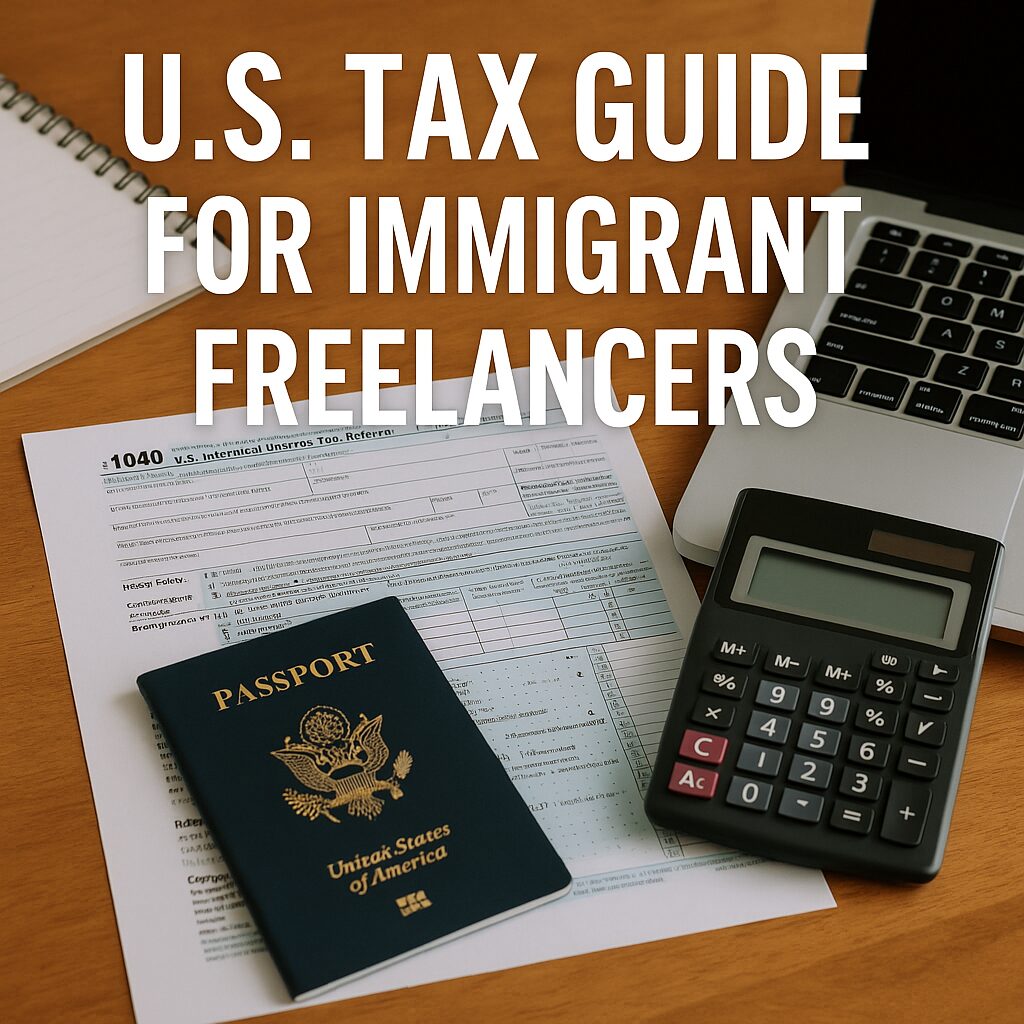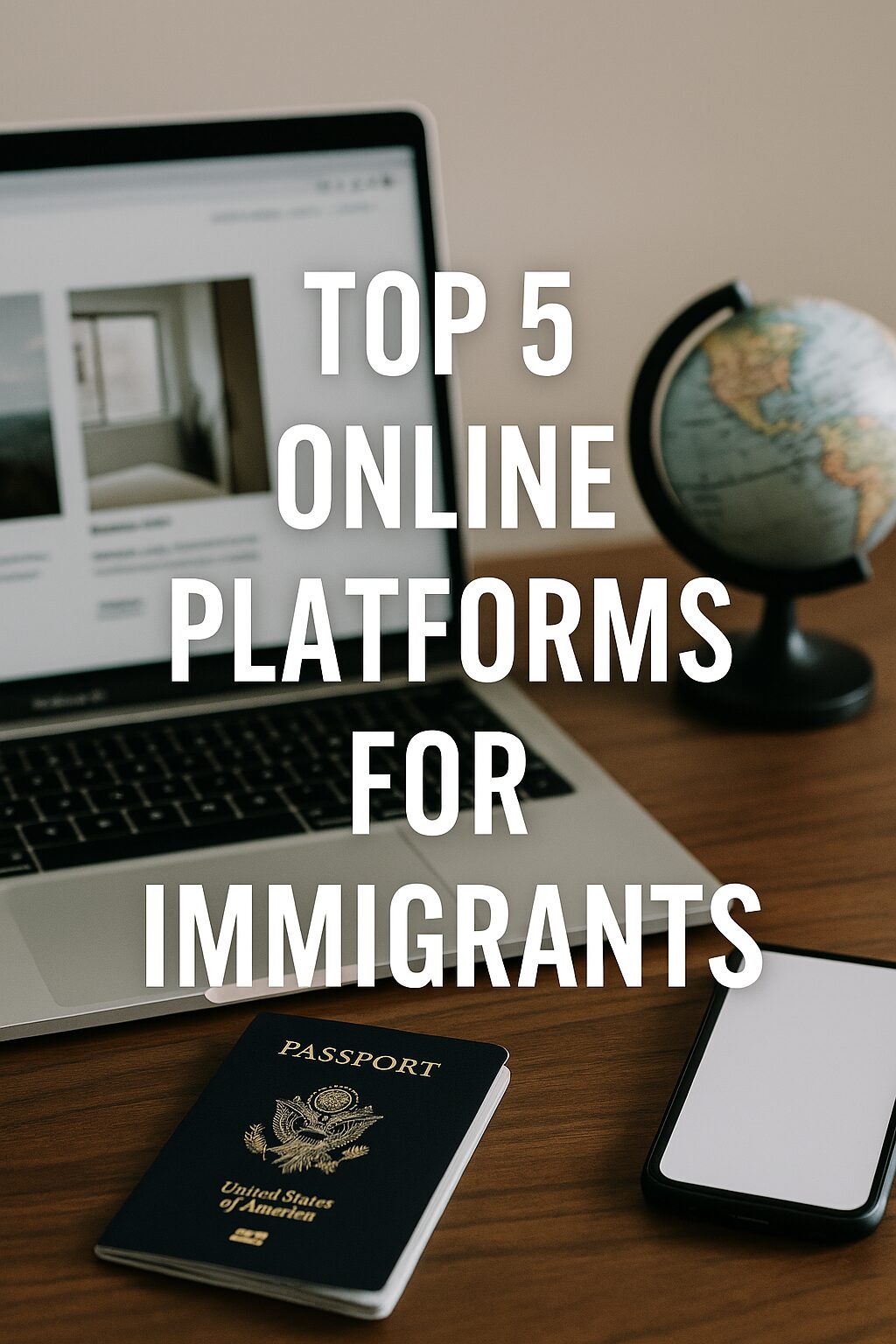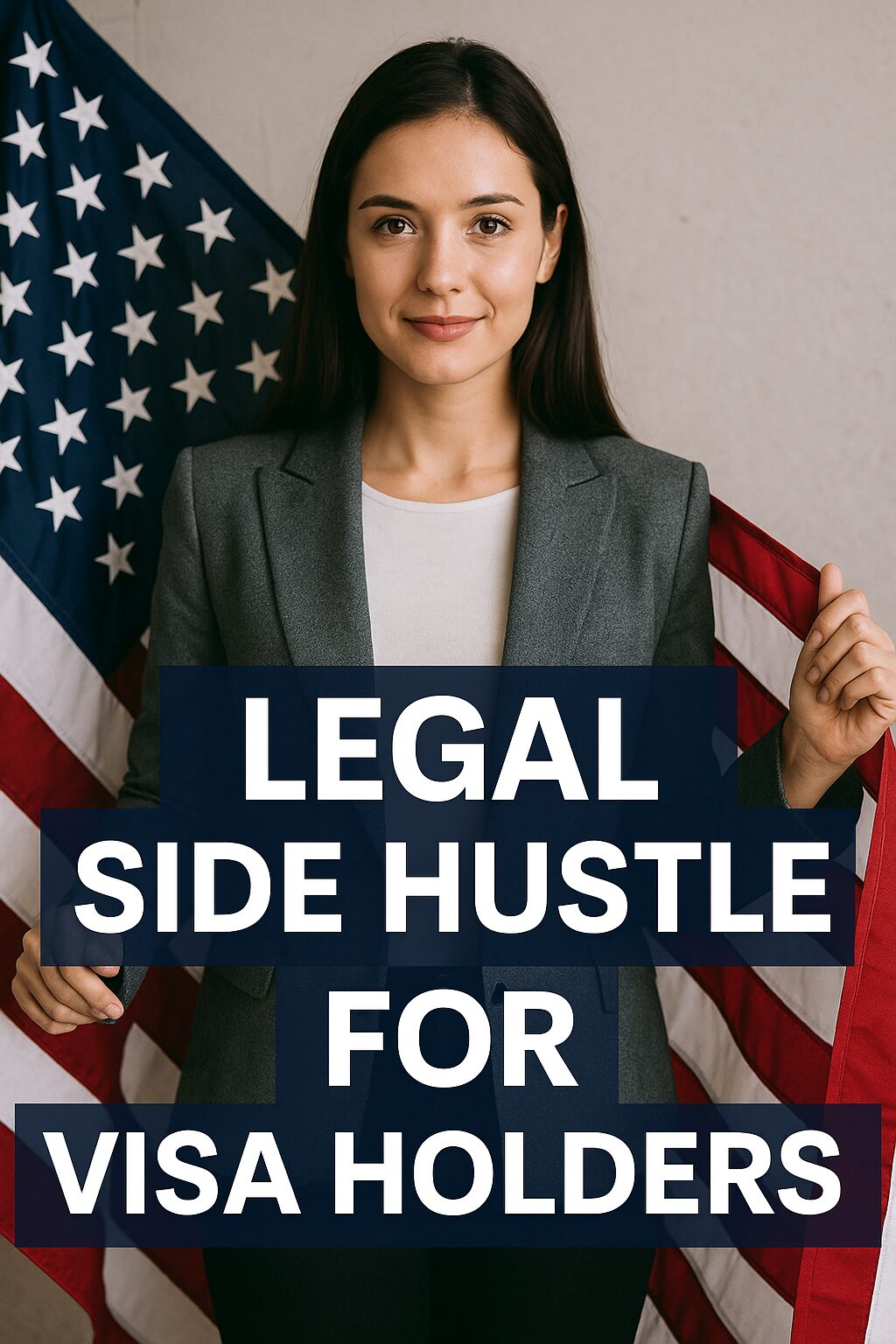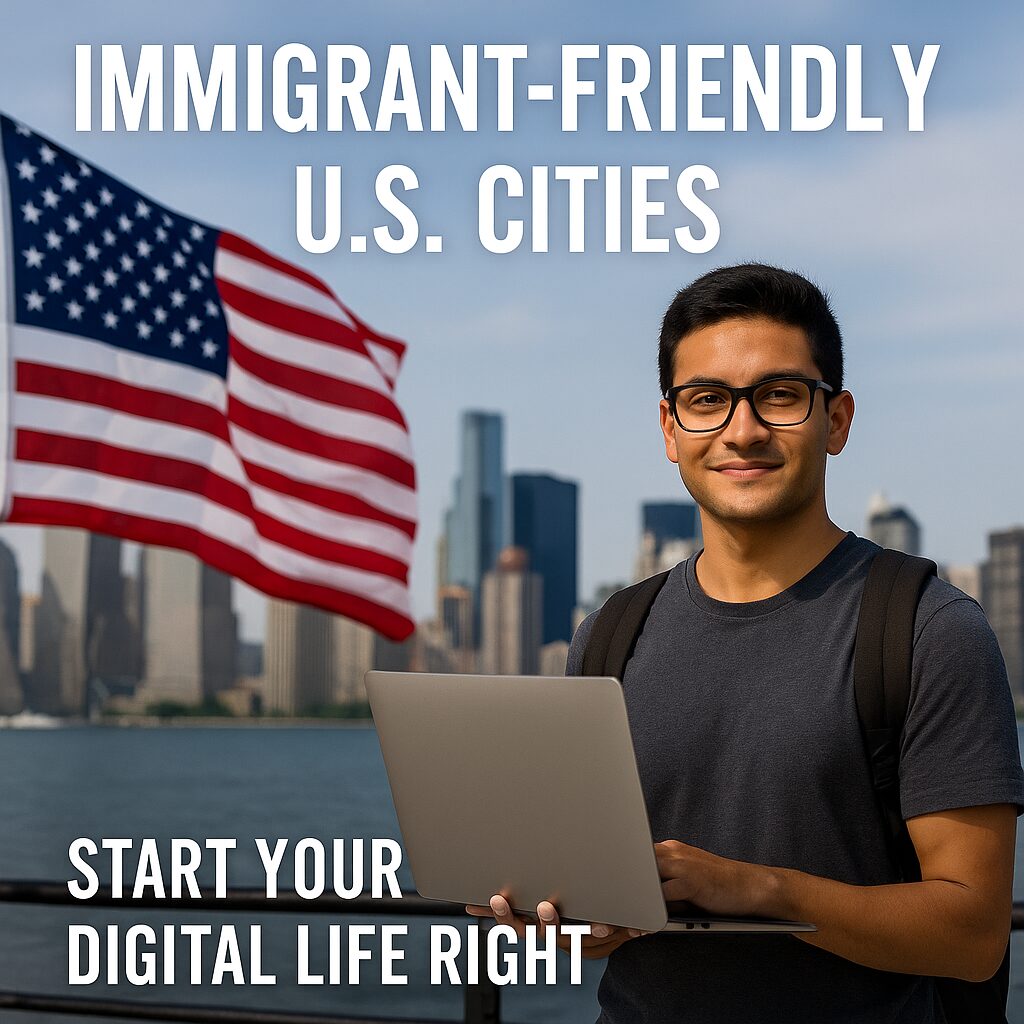Subtitle: A Legal Proof Blueprint for O-1, EB-1, and Freelance Visa Applicants
[Section 1: Why Documentation is Your Best Lawyer]
When applying for a visa like O-1, EB-1, or even transitioning from D-10 to E-7, you are not just a worker — you are the proof provider.
No matter how talented or impactful you are, if you can’t show it on paper, it doesn’t exist in the eyes of immigration law.
Your job is to provide concrete, well-documented, and credible evidence of your abilities and achievements.
And it all starts with knowing which documents truly matter — and how to get them.
[Section 2: What Types of Evidence Immigration Officers Want]
Immigration officers look for 3 key types of proof:
- Letters of Recommendation
- Contracts or Client Agreements
- Income or Payment Records
Each serves a different legal purpose:
| Type | Why It Matters |
|---|---|
| Letters | Validates your reputation and influence |
| Contracts | Shows professional demand and structure |
| Income Records | Proves economic value of your work |
You don’t need 100 documents — just enough strong ones to meet the criteria.
[Section 3: How to Ask for Strong Letters of Recommendation]
A weak letter says, “They’re nice to work with.”
A strong letter says, “Their work directly impacted our growth, and I’d hire them again in a second.”
📌 Checklist for a Strong Letter:
- Full name and title of the recommender
- Relationship with you (client, supervisor, partner)
- Specific project examples and measurable impact
- Quote-style praise with strong verbs
- Contact info at the bottom (optional but credible)
TIP: Provide a draft to help your recommender — it saves their time and keeps the letter focused.
[Section 4: What to Include in Contracts and Agreements]
Even informal freelance agreements can count as evidence if properly formatted.
Essential elements:
- Full legal names of both parties
- Scope of work clearly described
- Payment terms
- Signature (or email confirmation with name/date)
- Project dates and timeline
- Company logo or header (if applicable)
Save as PDF and organize in a legal-style folder by date.
[Section 5: Alternative Proof if You Have No Contracts]
No signed contracts? Use:
- Email threads showing work agreements
- Platform terms + gig descriptions (Fiverr, Upwork)
- Client testimonials referencing your work and deliverables
- Screenshots of project delivery + payment confirmation
Immigration officers care about proof, not paperwork formality.
[Section 6: Income & Payment Records That Actually Work]**
What works:
Invoices with client name, date, amount
Bank deposit screenshots from Stripe, PayPal, Wise, etc.
Tax returns or 1099/1042 forms
Platform earning summaries (e.g. YouTube Studio, Upwork)
What doesn’t work:
“I was paid in cash but don’t have records.”
Spreadsheets with no external verification
TIP: Make a folder labeled “Payment Proof – Year” for every year you earned income.
[Section 7: How Many Documents Do You Really Need?]
O-1 or EB-1 cases typically use:
- 5–10 letters
- 3–5 contracts or client proof
- 2–3 years of payment records
- Plus: media mentions, awards, and portfolio
You don’t need to overdo it.
What matters is that each item tells a powerful story and is verifiable.
[Section 8: Tools for Collecting and Organizing Evidence]
| Tool | Purpose |
|---|---|
| Google Drive | Central archive, easy folder sharing |
| Notion | Organize and annotate items with notes |
| Canva | Design formal-looking contract templates |
| Google Docs | Store and edit recommendation drafts |
| PDF Scanner App | Turn physical docs into digital proof |
| HelloSign / DocuSign | Get real digital signatures |
📌 Label everything with: [Type]_[Name]_[Date]
[Section 9: What If You’re Just Starting Out?
Don’t wait until you’re ready to apply.
Start collecting proof from day one.
- Ask for testimonials after each project
- Save every invoice or email confirmation
- Keep a spreadsheet of your clients and earnings
- Request LinkedIn recommendations monthly
Building your proof today = faster approval tomorrow.
[Section 10: Real Case – Aria’s O-1 Visa with Simple Proof]
Aria, a UX designer from India, had no U.S. employer but had years of freelance work.
She submitted:
- 7 letters (from clients in 4 countries)
- 4 contracts with international companies
- Screenshots of Stripe earnings
- A Medium article with 50K views
- LinkedIn recommendations + portfolio site
Approved. No formal job offer. No major press.
Because her documents told a strong, truthful story.
[Section 11: Final Thoughts – Your Proof is Your Passport]
Forget resumes. Forget buzzwords.
Immigration systems respond to evidence, structure, and legal clarity.
Start treating every project like it could one day be used to win your visa.
Save it. Label it. Back it up.
📌 Because when your lawyer or case officer asks,
you’ll say: “Here’s everything — and it’s ready.”









